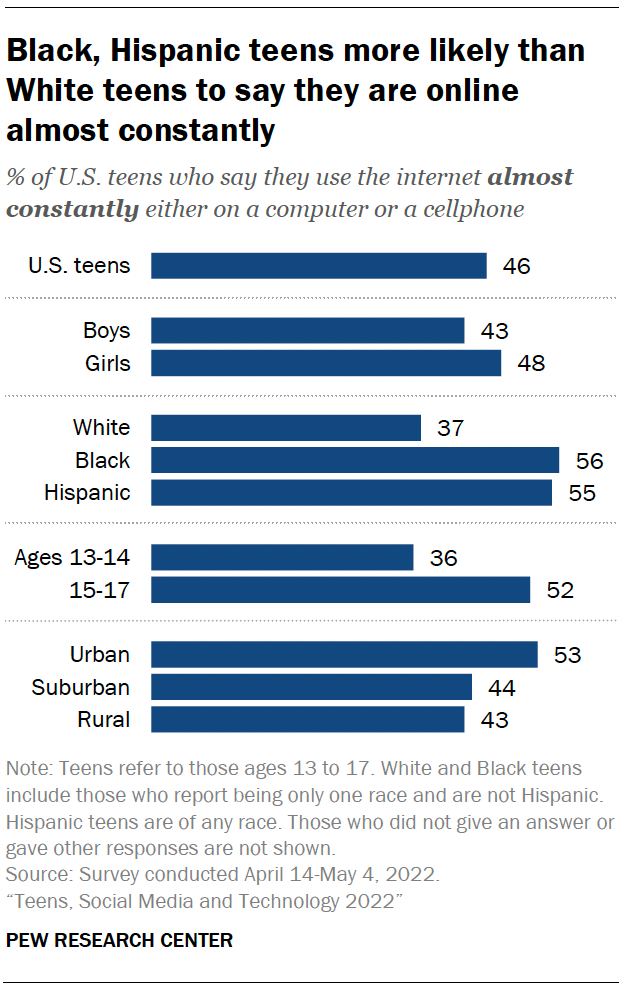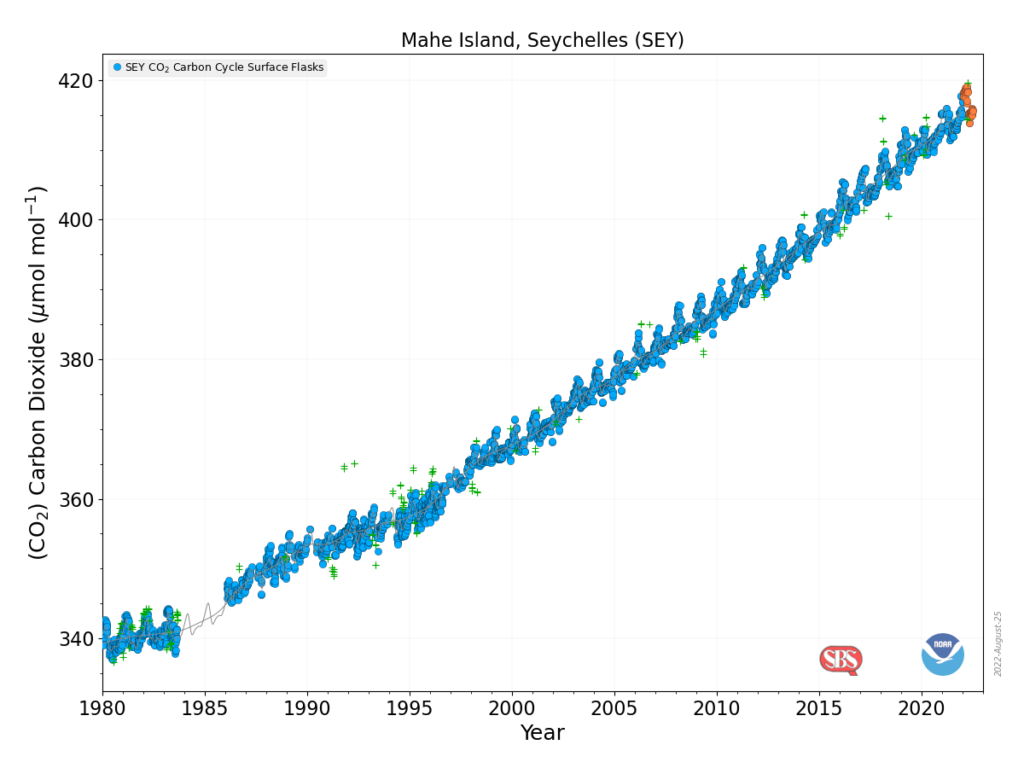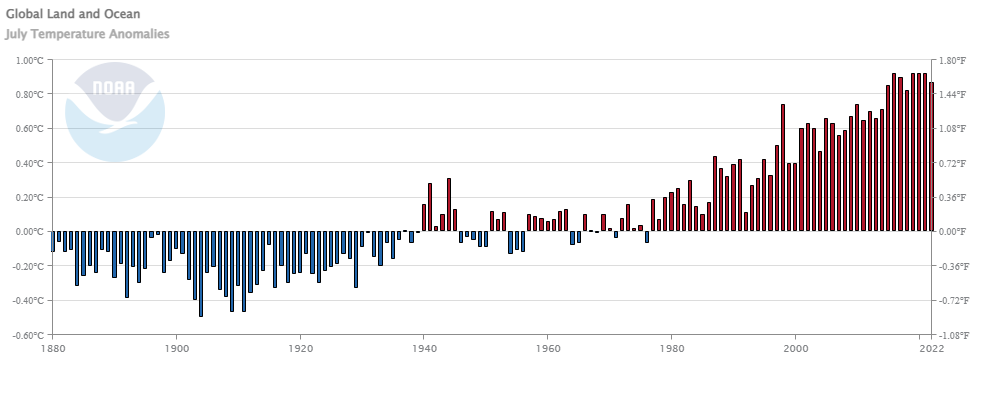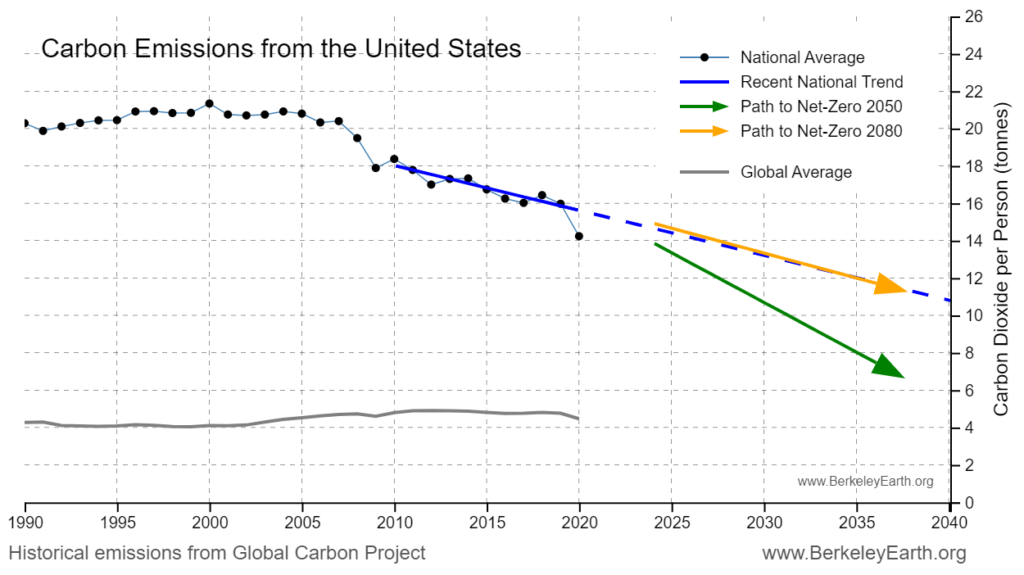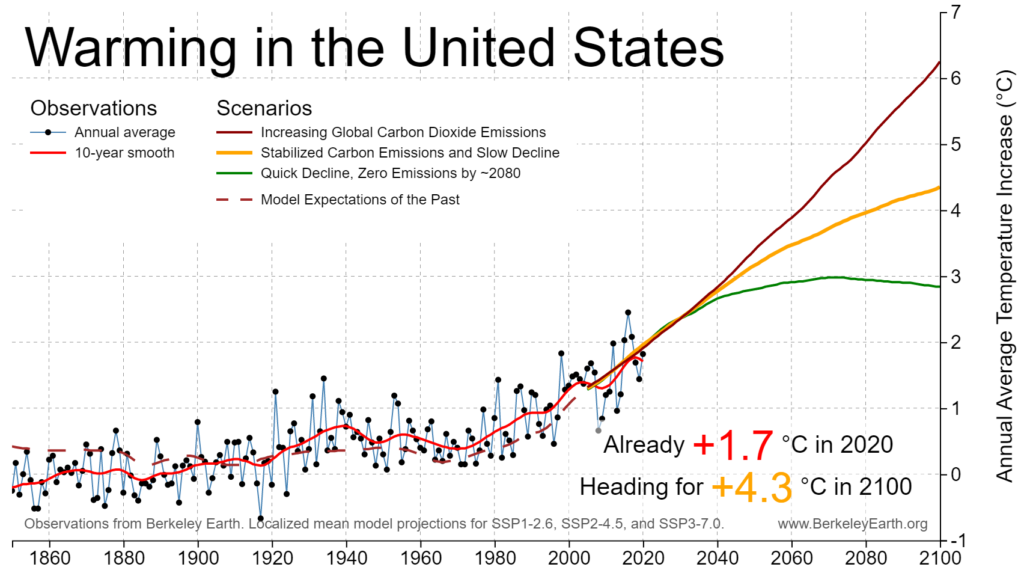The image (2020), which I find fascinating, is from the NASA earth observatory article Falling for Corn:
The natural-color image above was acquired by the Moderate Resolution Imaging Spectroradiometer (MODIS) on Terra. The map below shows lands that were planted with corn in 2020 (marked in yellow). The map was built from the Cropland Data Layer product provided by the National Agricultural Statistics Service, which includes data from the USGS National Land Cover Database and from satellites such as Landsat 8, ResourceSat-2, and Sentinel-2.
That’s a lot of corn.
In its October 2021 report, USDA noted that corn production was up 3 percent this year, with an estimated 15 billion bushels of corn harvested from 93.3 million planted acres. Record-high yields were reported in ten states, including Illinois, Indiana, Kentucky, Michigan, and Ohio (all shown above).
More than one-third of the world’s corn is grown in the United States, and the largest share of it comes from a swath of land across the Midwest.
Together Iowa and Illinois grow and harvest about one-third of the entire U.S. crop, and each state alone produces more corn than many countries.
If you are looking for data check out the National Agricultural Statistics Service linked in the first quote. If you use GIS the National Land Cover Database is also a good data site. For a QL project, how do we understand 93.3 million acres?

